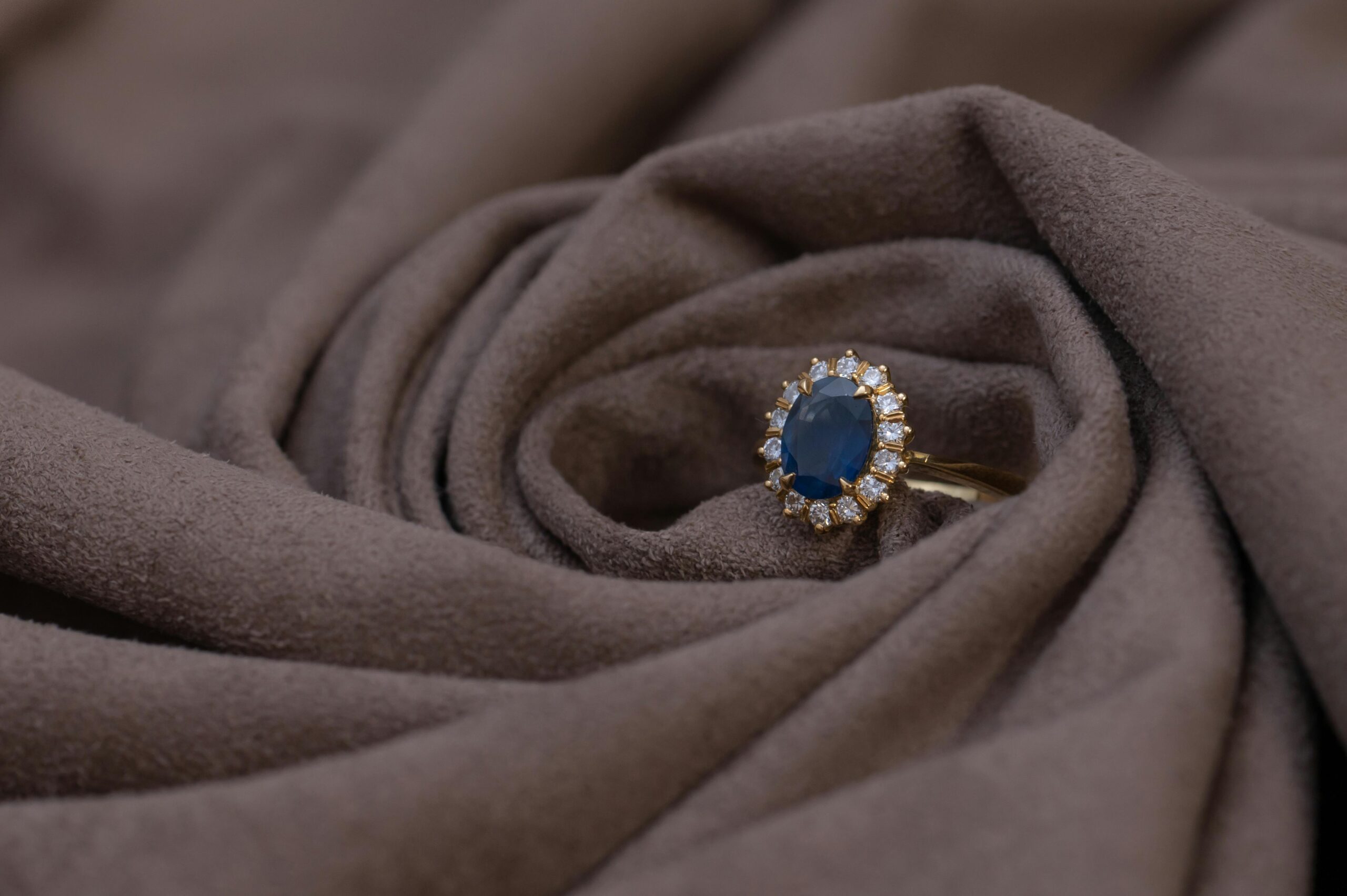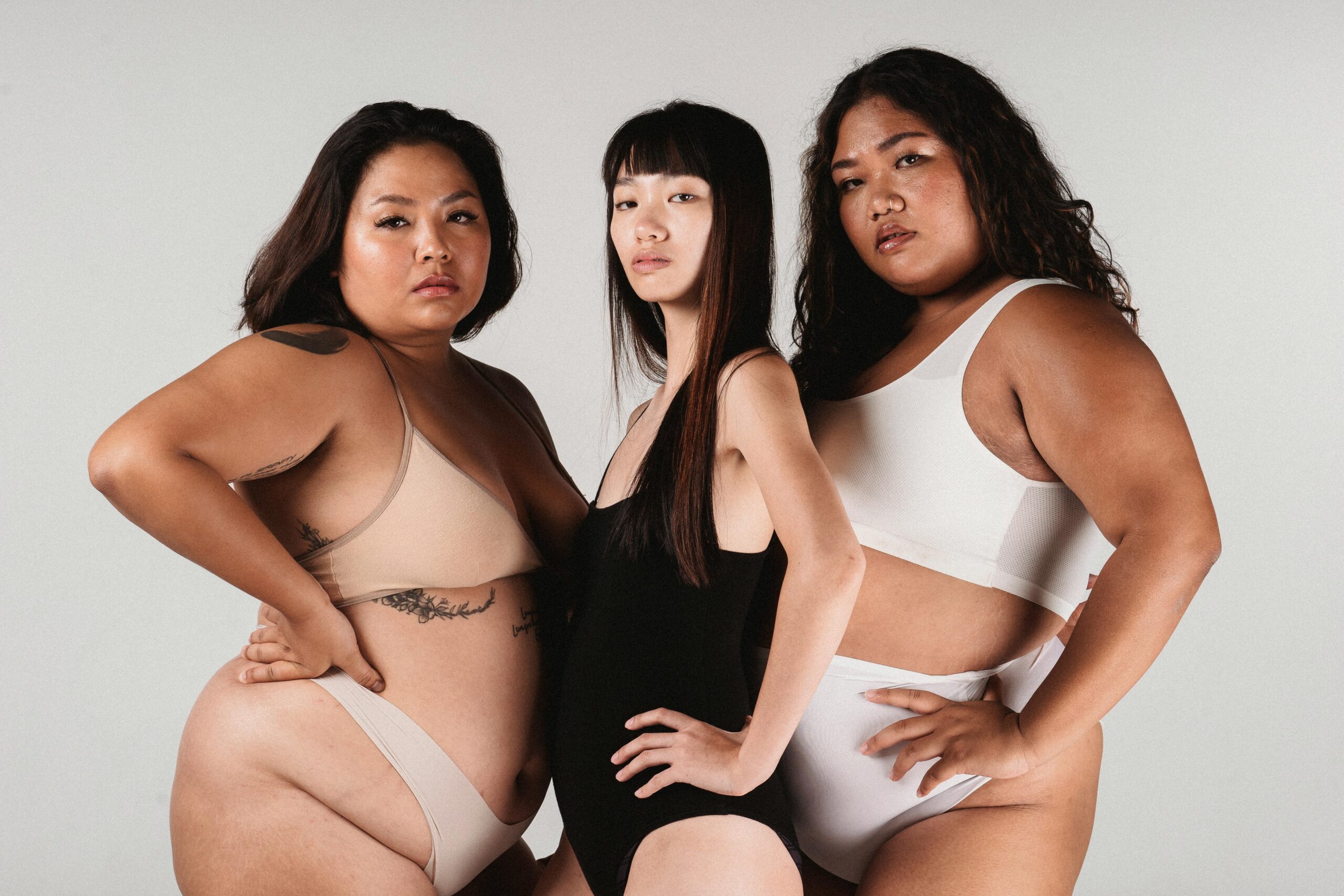
A necklace can come in many different forms, from chains and beads to pearls and gemstones. They can be short and close to the neck or hanging all the way down past the waist. The necklace has had a long and exciting history in society. Here are all the facts and history you should know about the necklace.
The Early History of Necklaces
The first necklaces in history were made with a lot of organic materials, such as bones, feathers, plants, teeth, and shells. One of the earliest known examples of them were found in a Neolithic burial in the Alps, which is believed to have been between 4200-3400 B.C.E. Other early necklaces were made with twisted metal, such as the torc, which was an ancient Celtic neckpiece worn in Ireland and Scotland between 1800-1500 B.C.E. Ancient Egyptians wore a variety of styles of necklaces. One they would typically wear was a collar style that was made with precious materials for celebratory, religious, and funerary purposes.
Necklaces were more than just decorative pieces. They also communicated specific meanings in society. In some cultures, necklaces were a sign of prestige, power, and wealth. By the middle ages, necklaces were replacing brooches as the jewelry most worn during the early Renaissance periods.
An example of necklaces reflecting a sign of wealth were those that were set with gemstones or made with heavy gold chains with pendants. One of the only times in history when necklaces weren’t as common was during the Gothic period, between 1150-1450 C.E. There were some records of the diamond, pearl, and ruby necklaces. Still, they wouldn’t rise to prominence until later in the Middle Ages when necklines became lower.
It was a common style of the wealthy between the 14th and 17th centuries. Most of the trends of wearing necklaces were in the style of American and European fashion. Whenever necklines were lower, most women would wear a necklace, and whenever necklines were higher, women would choose not to wear necklaces.
Women also weren’t the only ones wearing necklaces at the time. Men were even wearing them, too. Through the 15th and 17th centuries, men wore necklaces that resembled a collar as a sign of status. It would sometimes be worn with gold chains wrapped around the neck as well. The wealthiest men in society would wear shoulder covering inlaid with gems throughout the Renaissance period. By the 18th century, more women wore necklaces as a part of a matching set of jewelry that included bracelets, earrings, pendants, tiaras, and brooches.
The necklace was typically reserved for evening wear. By around the 20th century, women’s fashion became more casual, and matching sets of jewelry were less desired. In the present day, necklaces are styled not only to be fashionable, but also to meet the needs of women based on affordability, preference, and the occasion.
Materials Used for Necklaces
As mentioned earlier, a variety of materials have been used for making necklaces throughout history. In western culture, most necklaces have been made with gold, diamonds, and pearls. Of the three, the diamond necklace has been one of the most expensive symbols of glamour, prestige, and wealth. Pearls were a popular choice among Roman women during the Renaissance and early 18th century. Queen Elizabeth I was one of the trendsetters of pearl necklaces in England. During the 16th century, as she wore them, more women began to wear long pearl necklaces. It remained a classic gift for young British and American women during the mid-20th century. In the modern era, pearl necklaces have been worn by female professionals and also by brides.
Necklaces For Men
Men’s necklaces largely stopped being popular around the 18th century, as it became more viewed as a feminine form of jewelry. This view on necklaces would change during American culture in the 1960s and 1970s. During the ’60s, people who identified as hippies would wear love beads around their necks. In the ’70s, as Disco got popular, it became more fashionable for men in America and Europe to wear necklaces. Most of them were made with gold chains, and some had amulets or other charms like a gold cross hanging on them.
During the late 20th century, this style of necklace became very prominent within American hip hop culture. Hip hop artists would wear platinum or gold chains that had diamond-encrusted pendants hanging on them. It has also been common for male religious figures to wear necklaces as well. High-ranking clergy members of the Catholic and Anglican churches usually wore elaborate neck chains with large crosses or crucifixes hanging on them. If you’re interested in seeing other styles of necklaces, you can find some at this link: https://jewelrylab.co/collections/playboy-necklace
Necklaces in Asian and African Cultures
While the history of jewelry tends to focus mostly on western society, the necklace was a prominent part of Asian and African cultures, too. In nomadic cultures, necklaces tended to have more of a practical purpose than for decoration. Heavy silver necklaces that had expensive elements, such as coral beads, amber, or silver coins, were viewed as “savings accounts.” The necklace could be converted to money in these cultures.
The Hmong people, who are an ethnic group prominent in East and Southeast Asia, wore hundreds of silvers coins and heavy silver metal as necklaces. It was a means of displaying each family’s monetary wealth by being worn by the family’s young women during courting rituals.
In India, it’s not uncommon for women to purchase gold necklaces along with matching gold bangles and earrings. For practical purposes, these are usually put aside for investment and savings. For decorative purposes, they’re taken out to be displayed at weddings, being worn by the bride. It’s often the case that these forms of jewelry are the only wealth that a woman has access to in some countries.
In West Africa, it’s common for ethnic groups to make necklaces out of expensive Italian coral beads. These are usually worn at ceremonial functions by both women and men. It’s meant to be a marker of identity and a display of a family’s wealth and prestige.
Pendants
Pendants are ornaments that are suspended from other pieces of jewelry, such as earrings, bracelets, and necklaces. In the case of necklaces, they come in many forms. They can be large gems, crosses, lockets, amulets, cameos, or pearls. Amulets were one of the more typical pendants used. They’ve been seen as good luck charms and protections against any form of evil during the early 20th century. Some pagan cultures and members of folk religions believed that amulets possessed magical power. Often, you’ll find that pendants are detachable, so the owner can choose to attach it to another necklace, or even use it as a brooch. Jewlr offers a wide selection of pendants to suit any style and taste.
Religious symbols are common forms of pendants worn on necklaces, as mentioned earlier. If you’re unfamiliar with the cross, it’s an important religious symbol that has been worn on necklaces since the early development of Christianity. Some people wear these religious pendants as a means of signifying their religious affiliations. They’ve come in a wide variety of materials and styles to suit specific preferences. Among western Christians, gold crosses on a chain are given as a gift during a child’s christening or their first communion.
Beyond the Christian religious symbol worn on necklaces, other religions have their own symbols they use as pendants. Examples include the Jewish Star of David, the Hindu Om mantra symbol, the Islamic Hand of Fatima, or amulet cases worn by Tibetan Buddhists. Amulet cases are decorated metal boxes that have prayers or scripture passages written on paper enclosed in them.
Lockets
Lockets are small pendants that are very popular on necklaces. It has a round or oval case with a hinged cover. Generally, these small pendants are worn for sentimental reasons. Inside of them, they can hold a photograph of someone you care about, a lock of someone’s hair, and before photography, they had a portrait of someone painted inside.
Much like the variety of material used to make other pendants, lockets can be made with various metals, and they’re often set with gemstones. In the Middle Ages, lockets were worn as a devotional object which carried a saint’s relic inside. Queen Elizabeth I would also gift lockets that had her portrait inside to her favorite courtiers.
The history of the necklace has many twists and turns to it. Fashion has evolved in many forms, from the early days of bones and shells to the current gold and silver days. The meaning behind them has been different depending on the culture.
You can choose to wear a necklace for decoration, or you can choose to have one that has a significant meaning for you. It was found in 2018 that among those ages 18 to 29, 36% owned fine jewelry. As necklaces continue to be popular with women and men, this style of jewelry will likely not be fading out anytime soon.

















